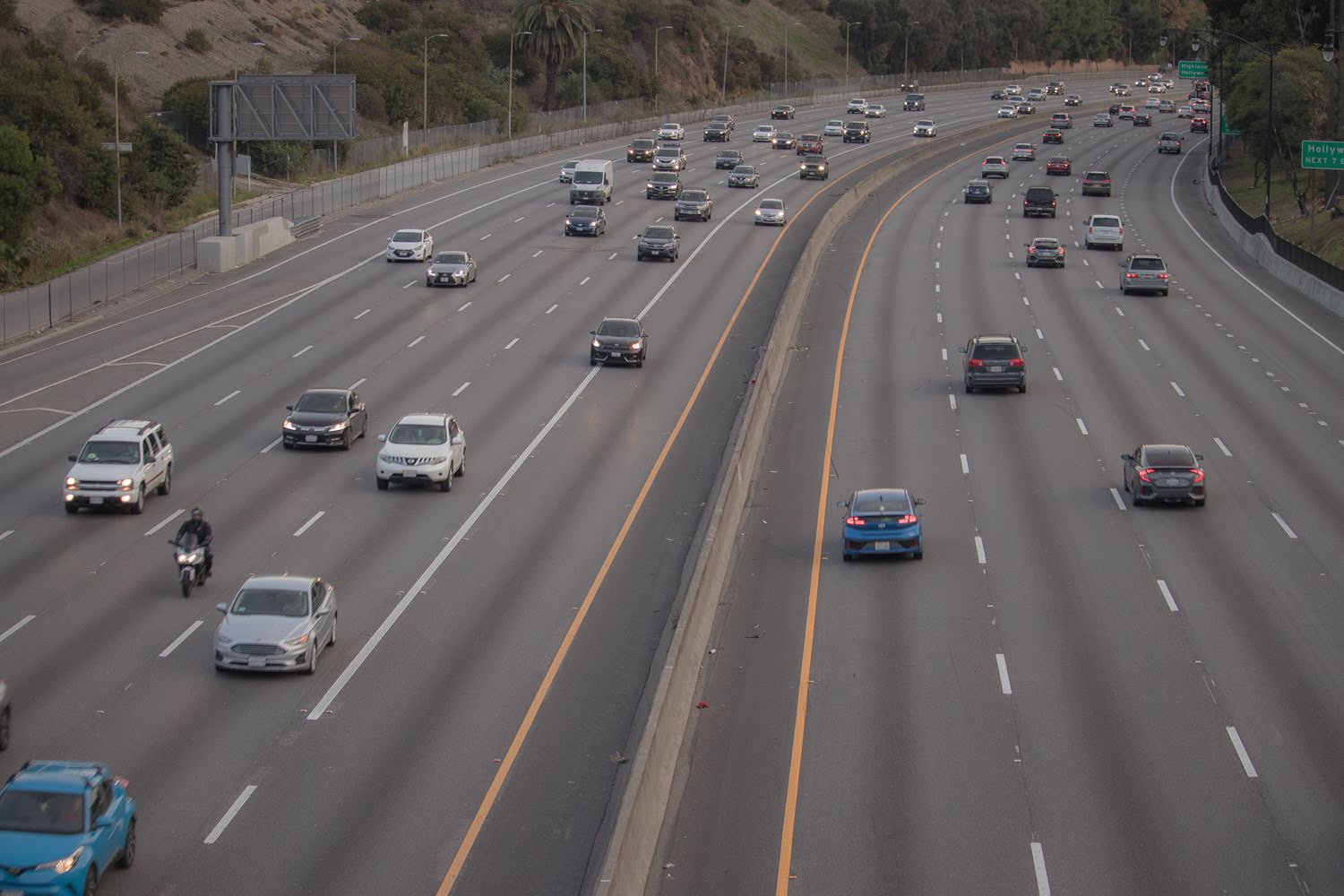
What Drivers Should Know About the I-81 Corridor Improvements


As traffic volumes along the I-81 corridor continue to rise, the demand for safer and more efficient infrastructure grows. The I-81 Corridor Improvement Program is one of Virginia’s most significant transportation initiatives, aimed at reducing congestion and enhancing safety along this critical route.
While the project will offer long-term benefits for both freight and passenger travel, ongoing construction activities can lead to increased traffic disruptions and a higher risk of accidents in work zones.
If you’ve been involved in a crash within an I-81 construction zone, consulting with an experienced I-81 accident attorney can help you understand your legal rights and pursue any compensation you may be entitled to.
Overview of the Corridor Improvement Project
The project is part of the I-81 Corridor Improvement Program, which focuses on strategic upgrades designed to significantly enhance the safety and reliability of a vital section of national infrastructure. A traditional TIFIA loan will help the Virginia Department of Transportation (VDOT) fund and speed up its $2.7 billion I-81 Capital Improvement Plan. This includes adding an extra lane in each direction between mile markers 136 and 139 in Roanoke County, aimed at better handling the growing freight and passenger traffic along I-81.
Additionally, a second TIFIA loan through the Build America Bureau’s Rural Project Initiative (RPI) will support rural improvements, such as upgraded acceleration, deceleration, and merging areas. These enhancements will improve roadway safety and access in Frederick, Pulaski, Rockbridge, Shenandoah, Smyth, Washington, and Wythe counties.
Accident Risks Around Construction Zones
Construction zones pose several dangers for drivers, often creating unpredictable and hazardous conditions on the road. Narrowed lanes, shifting traffic patterns, reduced speed limits, and the presence of construction equipment or workers can increase the risk of accidents. Visibility may be limited due to signage, barriers, or poor lighting, while sudden stops and slower traffic flow can lead to rear-end collisions.
Additionally, distracted or impatient drivers may fail to adjust to the changing conditions, further heightening the potential for crashes. These risks make it essential for all motorists to stay alert, follow posted instructions, and exercise extra caution when driving through construction areas.
Common causes of accidents near construction zones include:
- Speeding in reduced-limit areas
- Distracted driving, such as texting or using a phone
- Following too closely, leading to rear-end collisions
- Sudden lane changes or improper merging
- Poor visibility caused by barriers, equipment, or lighting
- Aggressive driving or road rage in response to delays
Staying alert and driving cautiously in construction zones can help prevent many of these common crash scenarios.
What Drivers Should Expect
Motorists traveling along I-81 should anticipate periodic lane closures and traffic delays, particularly in high-construction areas such as Roanoke County and portions of the Shenandoah Valley. Traffic often backs up near interchanges and rural exits due to construction-related bottlenecks, making travel along this vital freight and commuter route less predictable. For residents and daily commuters, these disruptions have increased the likelihood of high-speed merging accidents, rear-end collisions, and sudden slowdowns.
Rideshare passengers and cyclists using nearby rural roads or service routes may also feel the impact. As traffic is diverted or rerouted, secondary roads in counties like Frederick, Pulaski, and Rockbridge are experiencing more congestion, increasing the risk of collisions among vehicles, pedestrians, and cyclists alike.
Steps to Take After a Construction Zone Accident
Being involved in a construction zone accident can be overwhelming, but taking the right steps immediately afterward is crucial for your safety and any potential legal claim. Here’s what to do:
- Ensure Safety: First, check yourself and others for injuries. If it’s safe to do so, move your vehicle to a secure area away from traffic to prevent further collisions. Turn on your hazard lights to alert other drivers.
- Call 911: Report the accident to law enforcement, even if it seems minor. A police report provides an official record, which can be essential for insurance claims or legal proceedings.
- Seek Medical Attention: Even if you don’t feel hurt right away, it’s important to get evaluated by a medical professional. Some injuries may not appear immediately and could worsen over time.
- Document the Scene: Take photos or videos of the accident site, including vehicle damage, road conditions, construction signs, equipment, and any visible injuries. This evidence can be valuable in determining liability.
- Collect Information: Exchange contact and insurance information with all parties involved. Also, gather the names and contact details of any witnesses, including construction workers who may have observed the accident.
- Consult an Attorney: Accidents in construction zones can involve multiple parties: other drivers, contractors, or government agencies. An experienced personal injury attorney can help you understand your rights, handle negotiations, and seek compensation for medical expenses, lost wages, and pain and suffering.
Taking these steps can protect your health and strengthen your claim if you pursue legal action after a construction zone accident.
Contact an I-81 Construction Zone Lawyer Today
If you or someone you love has been involved in a construction zone accident, you don’t have to navigate the aftermath alone. These types of accidents can be especially complex, often involving multiple liable parties such as other drivers, construction companies, or even government agencies responsible for road maintenance and safety. A skilled I-81 construction zone accident lawyer can provide the critical support you need during this difficult time.
A proficient attorney will thoroughly investigate your case, gathering key evidence such as accident reports, witness statements, surveillance footage, and expert testimony. They will evaluate the unique circumstances of your accident, including whether proper signage was posted, whether the construction zone followed safety regulations, and whether another party acted negligently or recklessly.
In addition to protecting your legal rights, an I-81 accident lawyer will guide you through the legal process step-by-step, ensuring that deadlines are met and that your case is as strong as possible. Whether through a negotiated settlement or litigation, they will fight for the maximum compensation you deserve.
